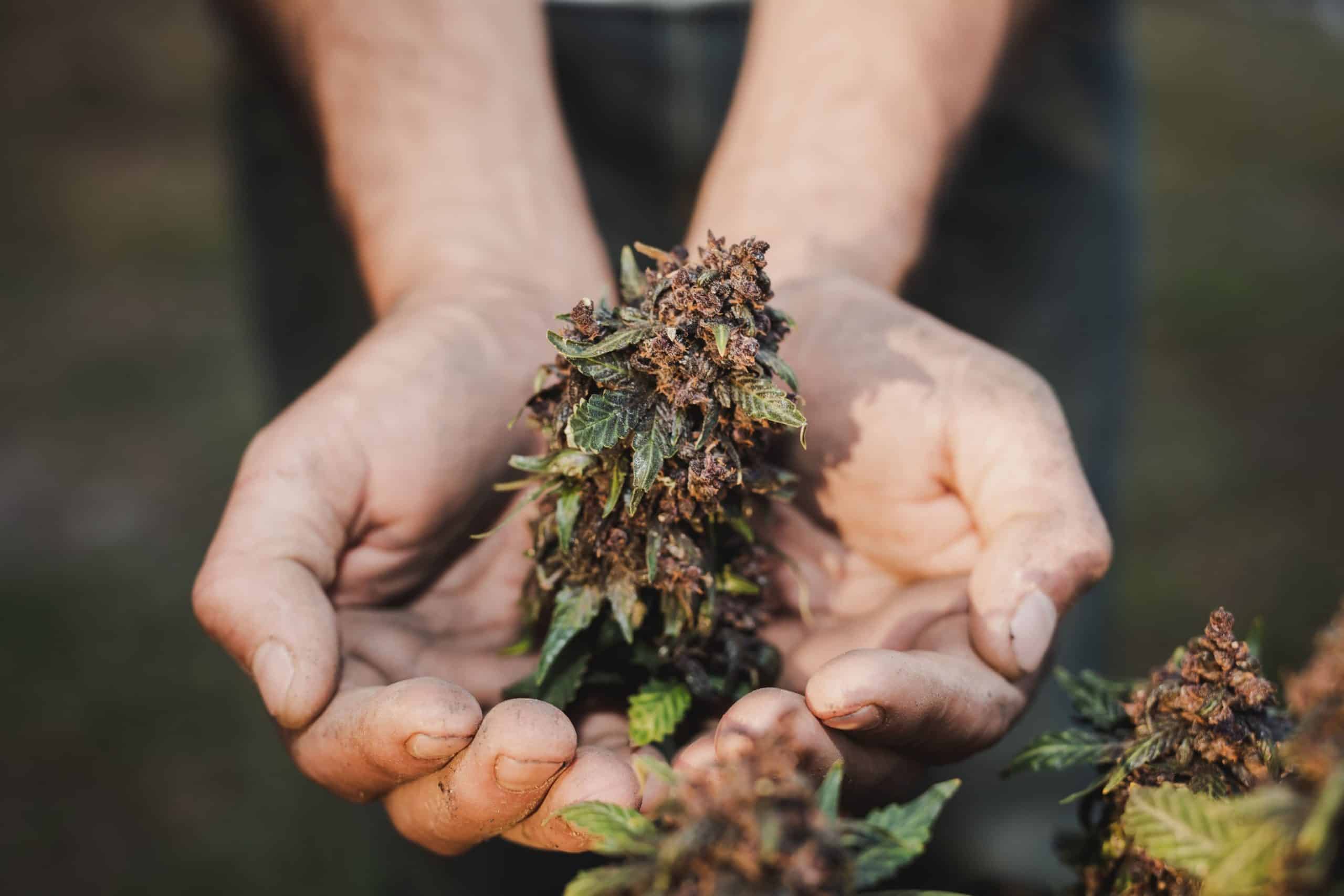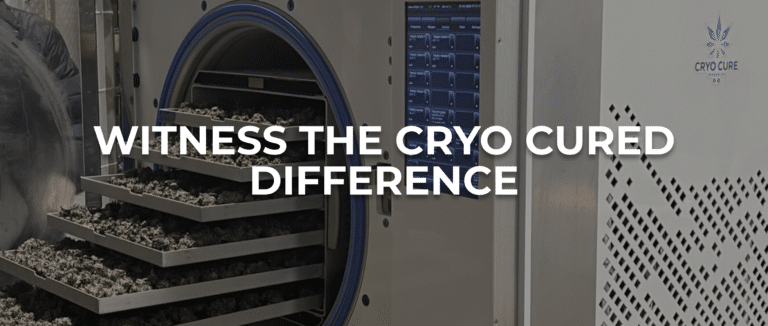Gone are the days when cannabis cultivation brought to mind an image of scruffy hippies sneakily growing cannabis in their closets under UV lights. Since the Constitutional Court legalised the private use of cannabis in 2018, and Cannabidiol (CBD) was reassigned from a Schedule 7 to Schedule 4 substance, cannabis cultivation in South Africa has hit a growth spurt.
The production and cultivation of cannabis for medical and adult use have the potential to boost economic development and provide new sources of taxable revenue for South Africa. However, the legal requirements for producing and selling cannabis and cannabis products are pretty stringent. As a grower, once you’ve jumped through all the necessary hoops to get your Cannabis Cultivation Licence, you want to ensure that you get the most (and best) out of your crop.
Many of the challenges faced in medium to large scale cannabis cultivation can be solved by drawing on the experience and research of other horticultural industries. After all, cannabis is just another crop, and many of the issues that might affect cannabis are also found in other industries, such as vegetables or flowers. For example, a problem such as root rot is often found in the tomato industry. The research has been done to establish that homogenous soil and constant irrigation can help prevent root rot from forming in tomatoes — and by extension, the same is true for cannabis. Similarly, insects and pests aren’t too picky about the crops they gnaw on, which is why it is important to use approved and trusted insecticides and pesticides to ward off any unwanted visitors.
In contrast, some issues are unique to cannabis cultivation. Growers have done (and keep doing) research under controlled conditions to understand how plant genetics and growing conditions can affect the end-product, thereby working towards the most efficient production processes. Changes in specific factors such as the nutrients in the soil, pH, and fertilisers used lead to changes in the end-product. Substrates and climate control products allow you as a grower to manufacture the ideal conditions you require to cultivate cannabis to your unique specifications. Lastly, one of the most essential parts of cannabis cultivation is ensuring there is adequate and sufficient lighting to grow a consistent product. Scientists around the globe are studying how the amount and wavelength of light used in growing can affect the plant’s cannabinoid composition. For example, increasing the amount of UV light during growing can lead to increased levels of THC, while a 24 – 48-hour dark window before harvest can boost terpene levels and flavonoid production leading to increased potency and flavour.
It’s essential to use the correct products backed by science and experience when cultivating cannabis. Shop the range of The Best Grow products here to ensure you get the best out of your bud.



